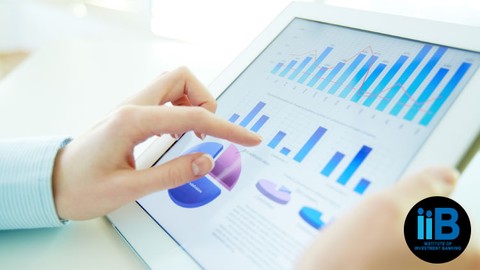The pandemic reshaped the world of work in unprecedented ways, challenging organizations to adapt swiftly and creatively. As we emerge from this transformative period, it's imperative for businesses to rethink their approach to measuring workforce performance. Traditional metrics may no longer suffice in capturing the nuances of a post-pandemic workforce. In this article, we'll explore the new workforce metrics that forward-thinking organizations are embracing to thrive in the evolving landscape.
- Remote Work Productivity Metrics
In the wake of widespread remote work, tracking productivity has taken on a new dimension. Organizations are now evaluating not just output but also the adaptability and resilience of employees working in diverse settings. Metrics could include remote work efficiency, collaboration rates, and the ability to maintain work-life balance.
2. Employee Wellbeing Index
The pandemic underscored the importance of employee wellbeing. Businesses are now monitoring metrics related to mental health, stress levels, and overall satisfaction. Tools like employee surveys and sentiment analysis help gauge the workforce's emotional health, helping organizations proactively address concerns.
3. Digital Transformation Readiness
As organizations accelerate their digital transformation efforts, tracking employees' digital skills and readiness is crucial. Metrics might involve assessing digital literacy, adaptability to new technologies, and the impact of digital upskilling initiatives.
4. Talent Mobility and Retention Rates
The pandemic prompted shifts in employee expectations, including a desire for more flexible career paths. Metrics now include talent mobility within the organization, internal promotion rates, and the success of retention strategies tailored to the new workforce dynamics.
5. Reskilling and Upskilling ROI
Upskilling and reskilling initiatives have gained prominence to meet evolving job demands. Metrics track the return on investment (ROI) of these programs, including how well they align with business goals and the impact on employee career progression.
6. Hybrid Workforce Analytics
With many organizations adopting hybrid work models, metrics now evaluate the effectiveness of these arrangements. This includes assessing the balance between remote and in-office work, the utilization of office spaces, and the impact on collaboration and innovation.
7. Leadership Agility and Adaptability
Leadership metrics have evolved to include measures of agility and adaptability. Organizations assess leadership's ability to navigate change, communicate effectively in turbulent times, and foster a culture of resilience.
8. Environmental and Social Responsibility
Metrics in this category encompass an organization's commitment to environmental sustainability and social responsibility. These metrics measure the reduction of carbon footprints, community engagement, and ethical business practices.
9. Customer-Centric Workforce Metrics
As organizations prioritize customer satisfaction, metrics now connect workforce performance to customer experiences. These include metrics on employee-customer interactions, customer feedback, and the alignment of workforce strategies with customer-centric goals.
10. Employee Engagement and Remote Connection Metrics
With remote and hybrid work becoming the norm, measuring employee engagement and connection in virtual settings is crucial. Metrics may include participation in virtual team-building activities, the frequency of one-on-one virtual check-ins, and the use of collaboration tools to foster a sense of belonging and connection among remote team members. These metrics help organizations gauge the effectiveness of their strategies for maintaining a connected and engaged workforce in a virtual work environment.
In a post-pandemic world, businesses must adapt their workforce metrics to align with the new realities of work. Embracing these metrics can help organizations stay agile, innovative, and competitive in the ever-changing landscape of work. By measuring what truly matters in this new era, organizations can ensure they are shaping a workforce that is resilient, adaptive, and ready for whatever the future holds.
Latest posts by Tresha Moreland (see all)
- Recession 2008 Versus 2024: Lessons Learned and Key Workforce Differences - April 24, 2024
- Why Layoffs Fall Short: Embracing a Holistic Approach to Cost Savings - April 21, 2024
- Find Your Anchor In A Sea Of Fear - April 18, 2024













